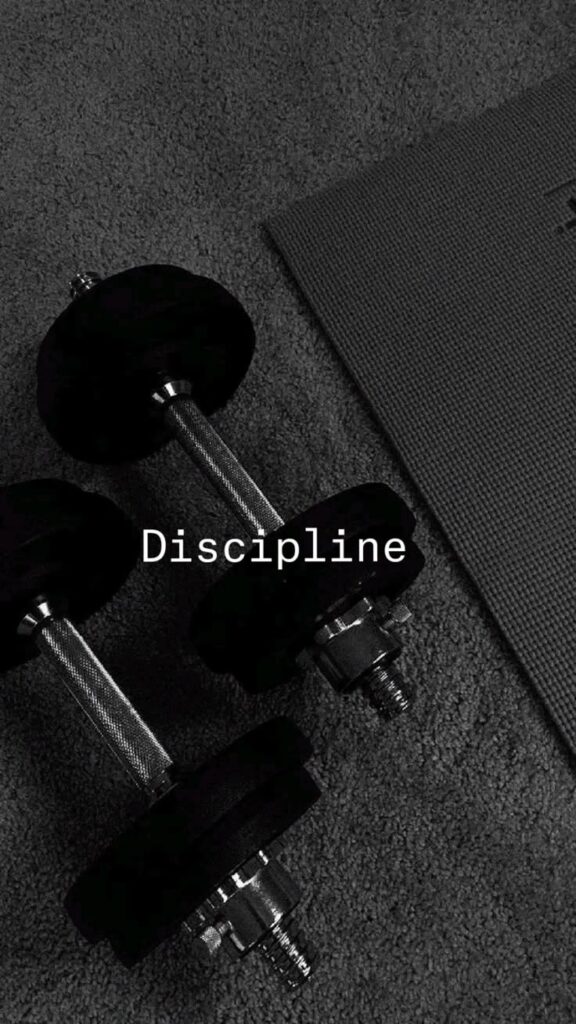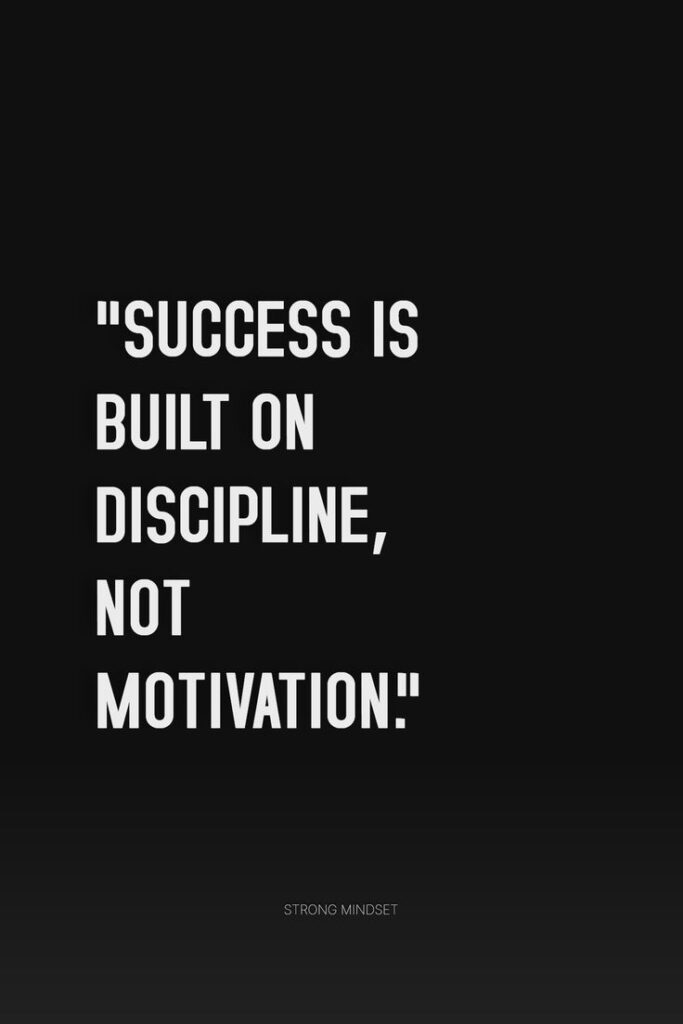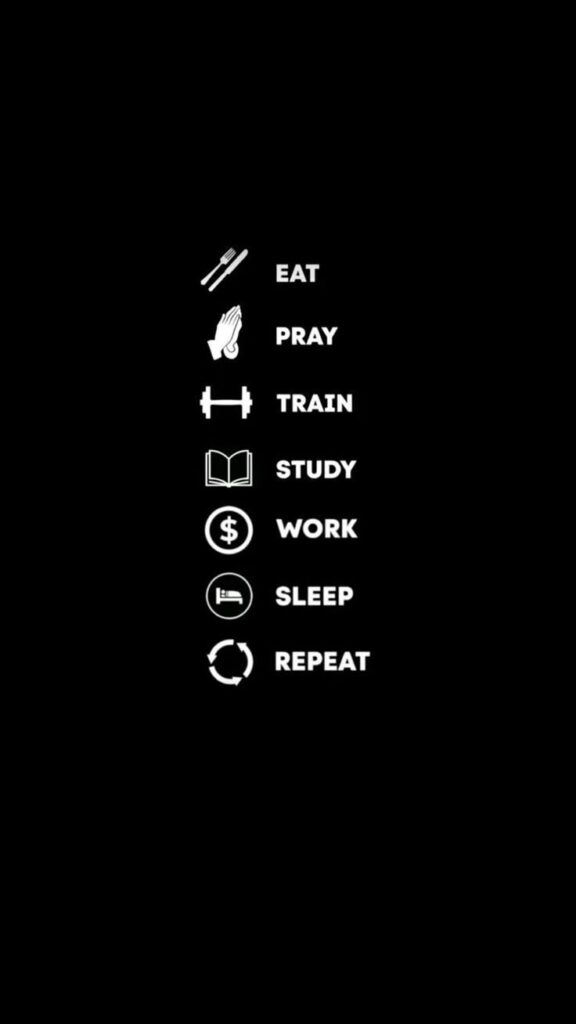We’ve all been there — feeling fired up after watching a motivational video or reading an inspiring fitness story. But fast forward a week, and suddenly that energy is gone.
This is where the truth comes in: motivation may start your fitness journey, but discipline keeps it alive. Motivation is an emotion, fleeting and unreliable. Discipline, on the other hand, is a skill — and it’s the ultimate secret weapon to achieving long-term results.



Key Takeaways
- Motivation is temporary, but discipline builds lasting habits.
- Discipline helps you stay consistent even on days when motivation fades.
- Creating routines, setting realistic goals, and tracking progress make discipline easier.
- Discipline removes decision fatigue by making fitness a non-negotiable part of your lifestyle.
- The most successful athletes and everyday gym-goers rely more on discipline than motivation.
The Problem with Relying on Motivation
Motivation is great for short bursts of energy:
- It gets you to sign up for the gym.
- It pushes you through a tough workout.
- It inspires you to meal prep (sometimes).
But motivation doesn’t last. Bad weather, busy schedules, or just a lack of energy can make motivation disappear. If your fitness plan depends only on being “in the mood,” you’ll struggle with consistency.



Why Discipline Wins Every Time
Discipline is about doing what needs to be done, regardless of how you feel. It’s the routine that gets you to the gym at 6 a.m., the willpower to say no to junk food, and the focus to finish that last rep.
How Discipline Outshines Motivation:
- Consistency: Shows up daily, not just when you feel inspired.
- Structure: Builds a framework that reduces excuses.
- Progress: Keeps you moving forward even when results are slow.
- Mental toughness: Strengthens your mindset beyond fitness.
How to Build Fitness Discipline
Discipline doesn’t just appear — it’s trained like a muscle. Here’s how:
- Start small: Commit to 10-minute workouts or daily walks.
- Schedule workouts: Treat them like non-negotiable meetings.
- Create a ritual: Same time, same routine builds automaticity.
- Track progress: Use journals or apps to measure improvements.
- Remove barriers: Lay out workout clothes the night before.
- Use accountability: Find a partner, coach, or community.
Pro Tip: The less you debate whether to work out, the easier it is to stick to the plan.



The Science Behind Discipline and Habits
According to behavioral psychology, habits form when cues, routines, and rewards repeat consistently. Discipline bridges the gap between your intentions and results, making workouts a natural part of your daily life instead of a choice you struggle with.
Real-Life Examples
- Elite athletes rely on training schedules, not “feeling motivated.”
- Busy parents fit workouts in early mornings or late evenings through routine.
- Office workers use pre-planned meal prep instead of relying on willpower to make healthy choices after work.



Conclusion
Motivation is the spark that ignites your fitness journey — but it’s discipline that keeps the fire burning. If you want real results, focus less on chasing motivation and more on building daily habits that don’t depend on your mood.
The next time you’re tempted to skip a workout, remember: motivation asks, “Do I feel like it?” Discipline says, “I’ll do it anyway.”




